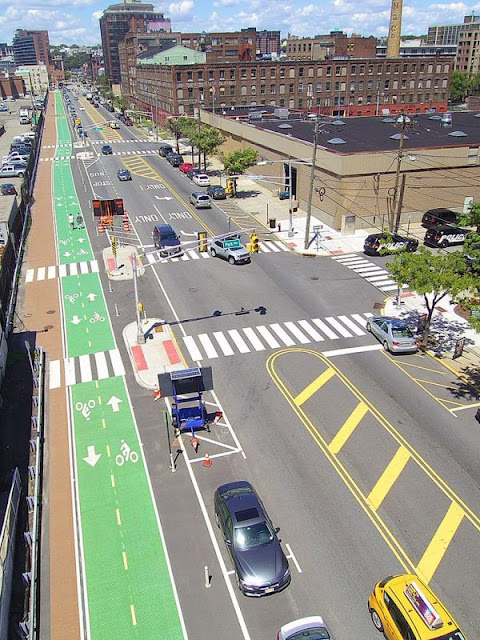How buffered bike lanes offer additional safety value to cyclists?
A buffered bike lane is a great way to clearly demarcate the boundaries within which bikes and motor vehicles can run without colliding with each other. With rising car density, bikers are wary of operating on the same roads where these motor vehicles run. This is why many municipalities have come up with the idea of a bike lane that segregates the two modes of transportation. When a biker gets into a car lane, there is always a danger of facing nicks and scrapes from four-wheelers. With a dedicated bike lane, this risk is eliminated effectively.
Conversely, even motor vehicles were wary of driving on roads that had a high percentage of cyclists running on the road. With inadvertent lane changes and sudden movement, they can pose a safety risk to themselves as well as to the motor vehicle owner. This is why green bike lanes have emerged as a win-win for both parties.
Why a green bike lane needs to be buffered?
A typical layout of a regular bike lane is that a thin line separates out the driving zone for motor vehicle drivers and cyclists. But during peak hours, many cyclists inadvertently spill on to the automobile road zones. This is why many cyclists feel trepidation at the thought of cycling in peak traffic hours. Even when the bike lanes come with ample road markings on the boundaries and inner lanes, many cyclists still prefer some safe distance between the two. Many studies have shown that cyclists would use their cycles more if there is a safe distance between them and the cars that operate around them. This led to the concept of buffered bike lanes.




Comments
Post a Comment